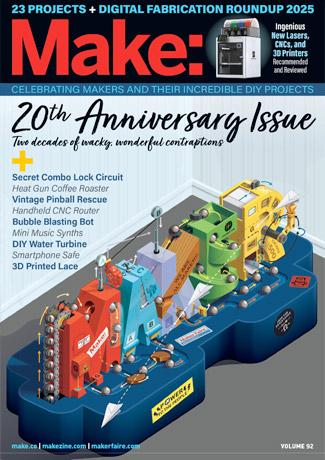
The technologies that we often talk about for 3D printing (FDM, SLA, SLS), have been around for a while and it’s rare that we see ground breaking processes that really shake things up. This week, a new company in the market Carbon 3D, has released a new process they refer to as Continuous Liquid Interface Production (CLIP), that may be a game changer.

The process used by Carbon3D, begins looking a lot like a DLP based SLA printer (like the Projet 1200 or B9 Creator): a light curable resin held in a translucent vat is cured by a projector shining from the bottom, while a build plate slowly pulls the part out of the vat of resin. A traditional SLA requires a “peel” process after each layer that removes the bond created between the now cured resin and the build surface. This peel process is slow and is the most common place for failure in the process. With the CLIP process, the the bottom of the vat allows oxygen to be pumped into a thin layer of resin. This creates a “dead zone”, where the resin will not cure and this zone, can be reliably tuned by regulating the amount of oxygen being added. Now, the parts no longer need to be peeled from the tank allowing for a continuous transition from layer to layer. Instead of each layer being flashed like a slideshow into the resin, CLIP uses a series of transitional images more like a movie to create parts with stronger layer adhesion and incredible surface finish.
The most shocking accomplishment of this technology though is the increase in speed. Carbon3D claims that their new process can produce parts at 25 to 100 times the speed of traditional processes.
The team at Carbon3D has been working on this process in secret for the past two years. Now that they have emerged to share their work with the world, we hope to see more of this technology and how it might change the world of 3D printing. Let’s hope they find a way to offer this to the masses with a desktop 3D printer and it’s not just used by industry for 20 years like it’s predecessors.
ADVERTISEMENT






